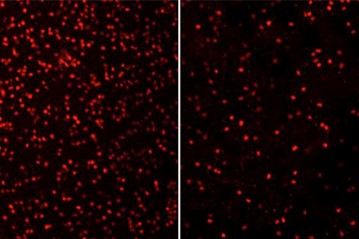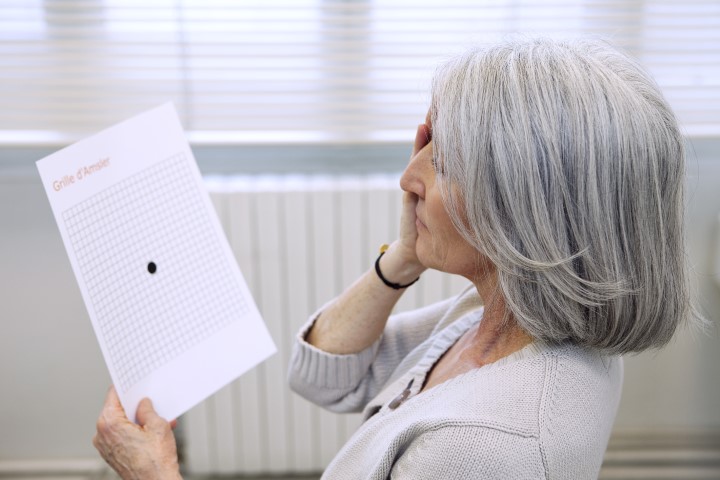New method to control pressure
A National Eye Institute study shows eye pressure is sufficient to cause and explain glaucoma.
The study, published in Scientific Reports, found raising pressure of an otherwise healthy eye resulted in patterns of retina and optic nerve damage like that seen in human glaucoma.
“The technique offers a significant advancement in glaucoma research,” said Professor Chris Passaglia, University of South Florida. “All studies to date have elevated pressure by blocking fluid outflow from the eye, whereas ours adds fluid as necessary to produce a desired pressure without damaging outflow pathways. Now researchers can have direct knowledge and control of eye pressure,” he said.
Researchers were able to manipulate pressure by implanting a tiny tube in the eye of an animal model and connecting the tube to a pressure source and pressure sensor. The pressure source infused fluid into the eye via a saline reservoir, or a portable micropump, built by researchers. The pressure sensor took measurements every few seconds around-the-clock for up to two months, during which time the tube remained fixed in place even though the eye blinked and rotated and the animal moved freely.
Prof Passaglia said the method can help speed research progress by removing experimental variability and by enabling systematic studies of unanswered questions, such as the role of eye pressure history in disease onset and progression. Glaucoma drugs can also be concurrently infused into the eyes of animal models, which can then be screened for therapeutic effectiveness.


























